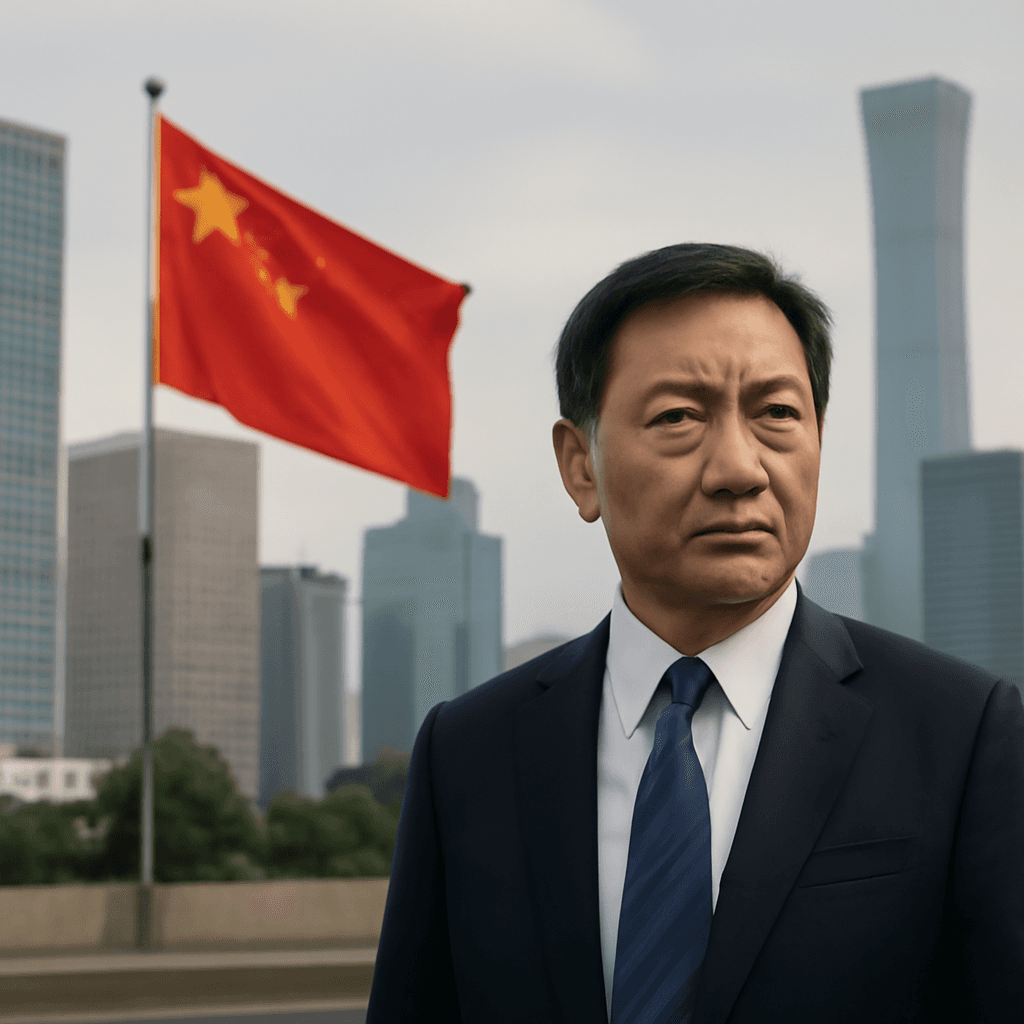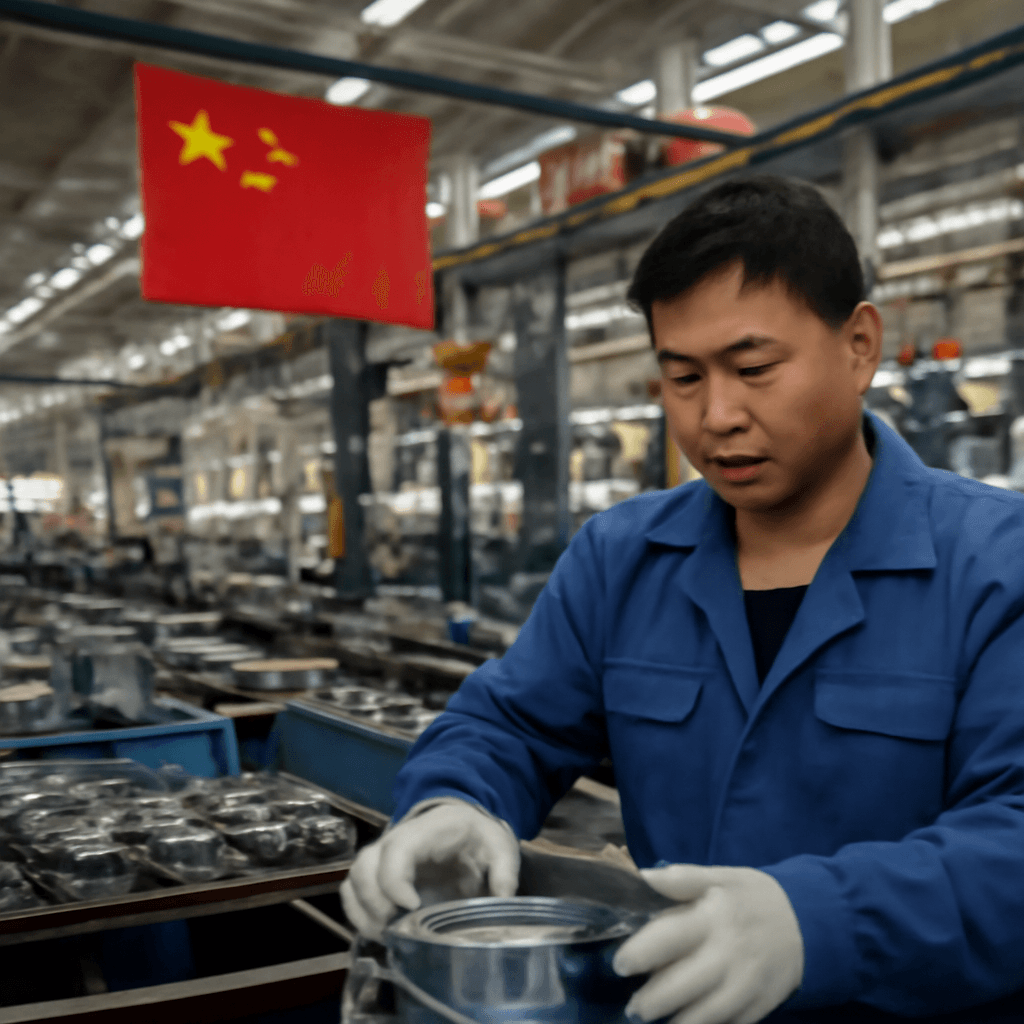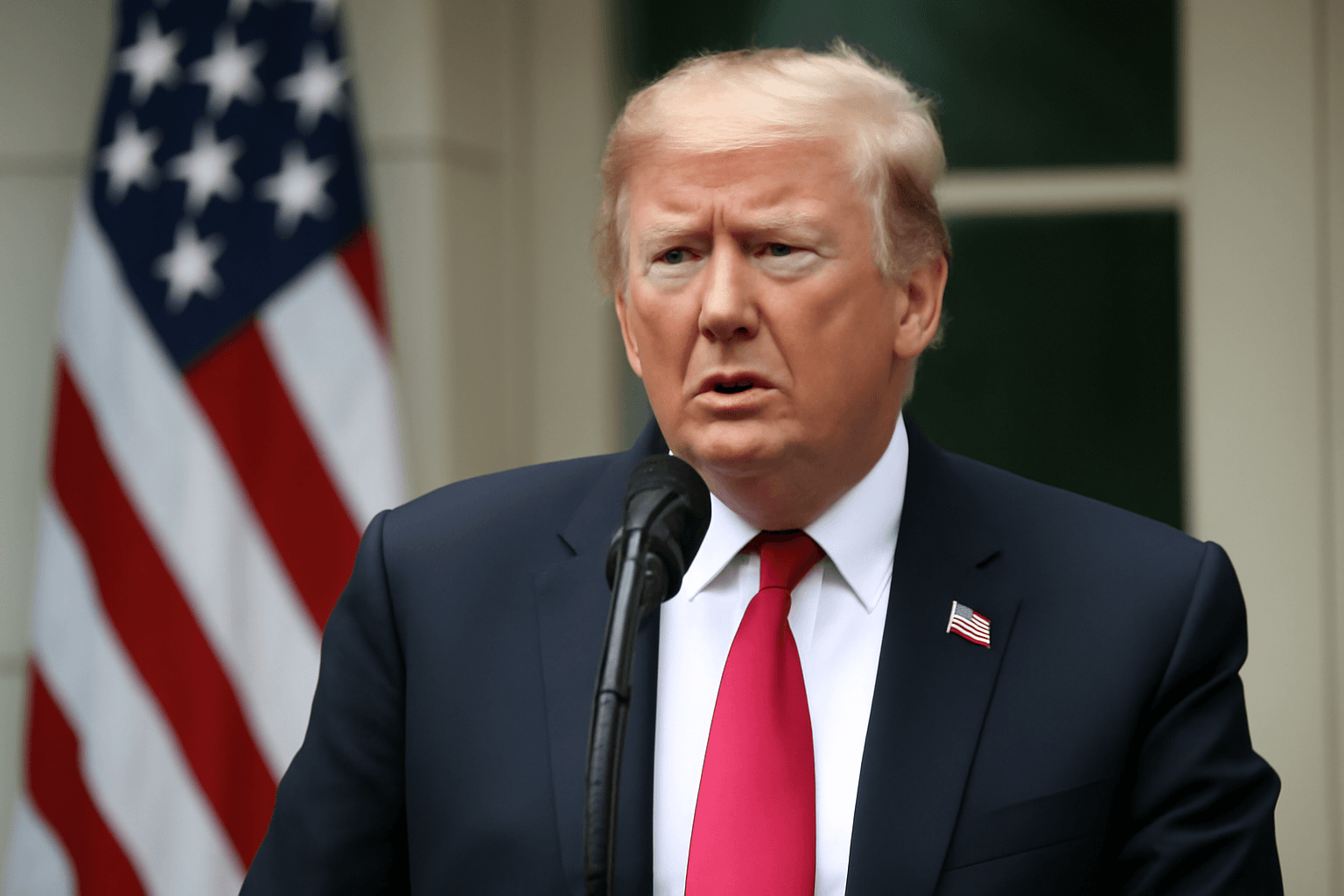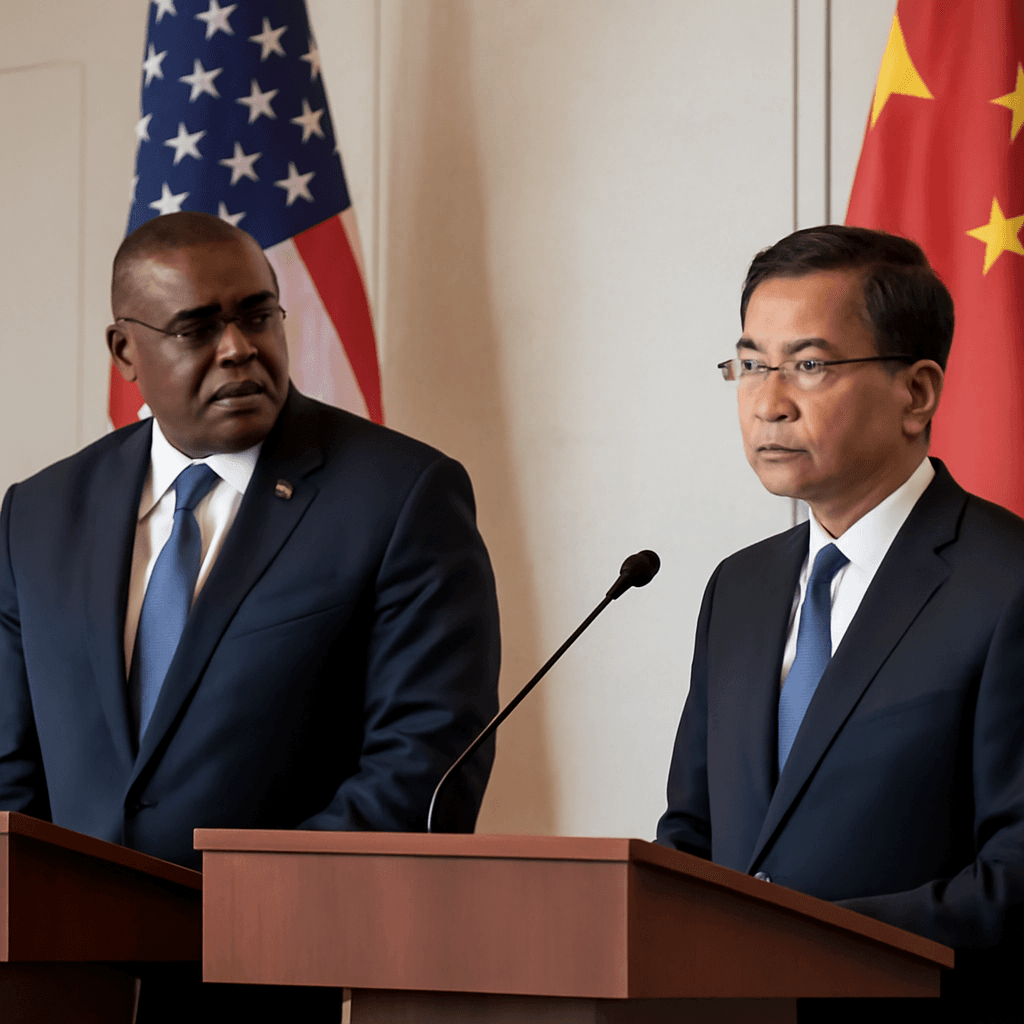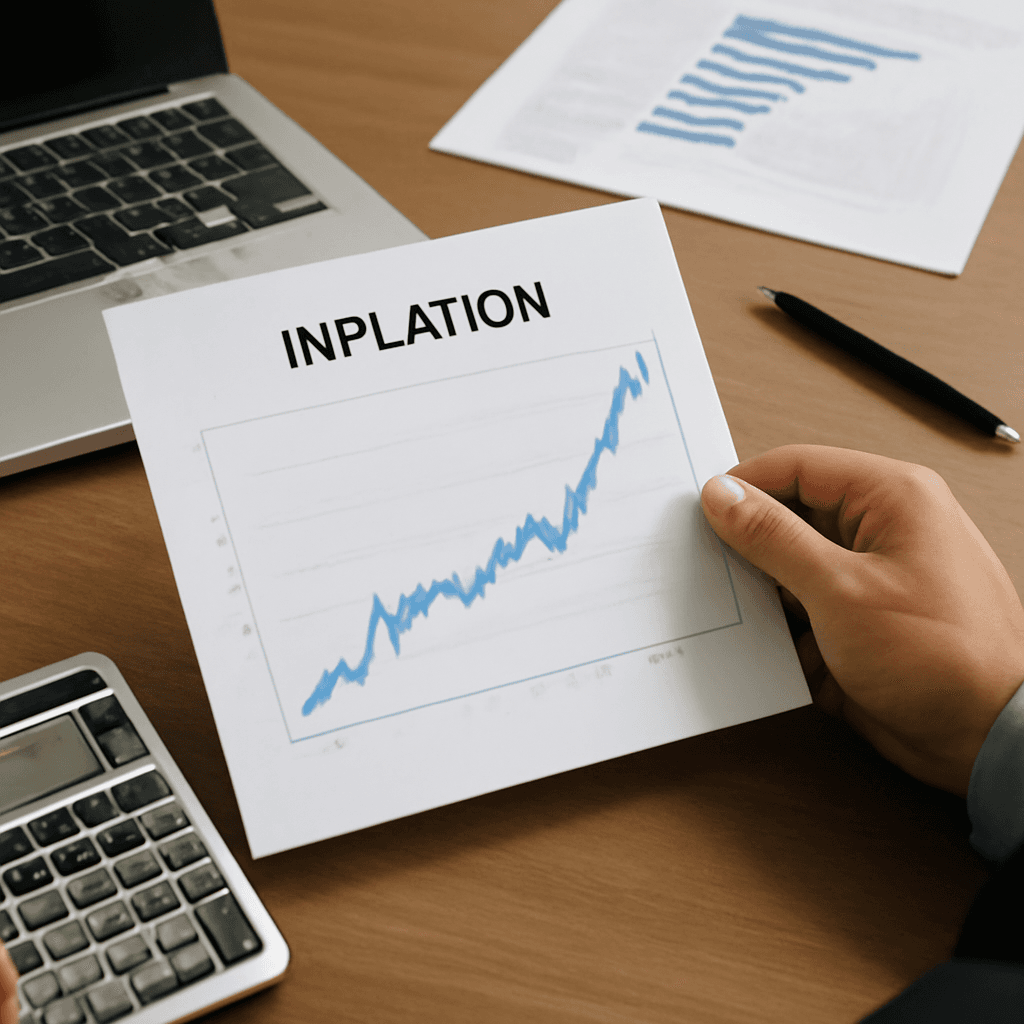China’s Producer Prices See Sharpest Decline in Nearly Two Years
In June 2025, China’s producer prices experienced a significant decline of 3.6% year-over-year, marking the steepest drop since July 2023. This fall highlights the escalating deflationary pressures within the nation’s industrial sector, with ongoing price wars squeezing manufacturers already challenged by sluggish consumer demand.
Consumer Price Index Shows Tentative Signs of Stability
Contrasting with the producer price plunge, the consumer price index (CPI) edged up 0.1% compared to the same month last year, slightly exceeding economists’ expectations of no change. This increment suggests some early indications of stabilization after four consecutive months of declining consumer prices.
When excluding the more volatile food and energy sectors, the core CPI rose 0.7% year-over-year, its strongest gain in over a year. This divergence between producer and consumer prices reflects the complex dynamics in China’s post-pandemic economic recovery.
Understanding the Deflationary Spiral in Producer Markets
The persistent dip in producer prices is part of a multi-year deflationary trend that began in September 2022. The recent sharper-than-expected fall—surpassing forecasts of a 3.2% drop—reveals the deepening challenges in China’s manufacturing sector. Excessive competition among domestic producers, coupled with the constraints of U.S. tariffs disrupting export opportunities, has intensified downward pricing pressures.
Larry Hu, chief China economist at Macquarie, provides valuable insight: “Without strong policy stimulus, it’s difficult to break free from the ongoing deflationary spiral. The current momentum in exports has reduced Beijing’s urgency to boost consumption significantly, but policymakers are likely to intervene if export growth falters.”
Policy Responses and the Road Ahead
At a recent high-level economic meeting chaired by President Xi Jinping, Chinese officials voiced concerns about the damaging effects of aggressive price competition. The strategy to lure consumers through discounting has backfired, eroding business profits without generating lasting demand.
The government pledged to guide companies toward enhancing product quality and rationalizing production by phasing out outdated capacities gradually. This shift aims to stabilize the market while supporting more sustainable industrial growth.
Adding to the economic backdrop, industrial firms’ profits declined by 3.4% year-over-year in June, the steepest drop since October 2024, underscoring the acute pressure on China’s manufacturing profitability.
Why This Matters Globally
China remains the world’s largest manufacturing hub and a key driver of global supply chains. Deepening deflation in its producer prices could ripple across international markets, impacting commodity prices, trade balances, and corporate earnings worldwide.
For policymakers in the United States and elsewhere, monitoring China’s economic signals is critical. As U.S.-China trade tensions persist, the interplay between tariffs, production costs, and consumer spending paints a complex picture of global economic interdependence and competitive dynamics.
In Summary: A Delicate Balance of Growth and Deflation
China’s latest data illuminate a nation grappling with deflation in its industrial sector amid cautious signs of consumer price recovery. The government faces the challenge of steering its economy away from a potentially harmful price spiral without undermining the competitiveness of its key export markets.
As experts like Larry Hu suggest, sustained export growth may temporarily delay aggressive policy stimulus aimed at reviving domestic demand. However, the widening gap between producer and consumer prices raises critical questions about the sustainability of China’s current growth model in the face of global headwinds.
The marked divergence between China’s producer and consumer price trends highlights an economic tug-of-war between deflationary pressures and nascent recovery. For global investors, businesses, and policymakers, the evolution of these indicators will be a bellwether for the broader health of the world economy. Keen attention should be paid to China's policy response in the coming months, as its strategies will not only influence domestic growth but also reverberate through international markets and supply chains.

